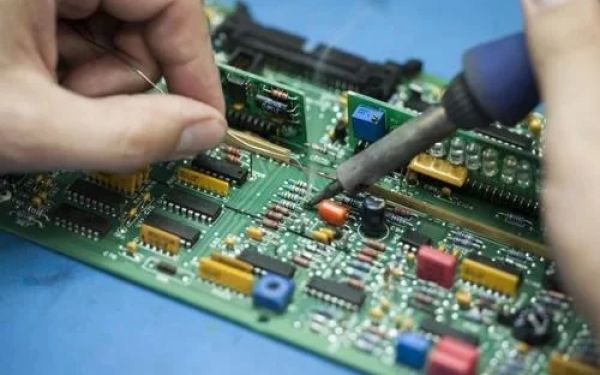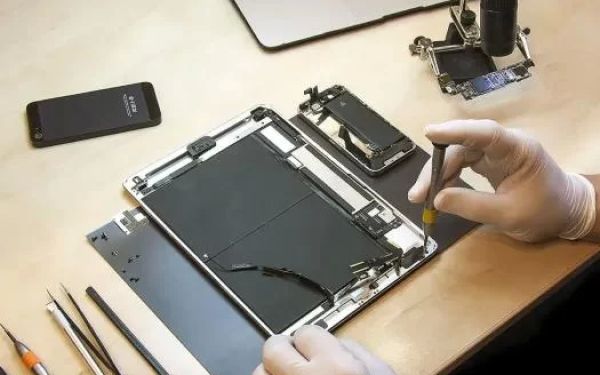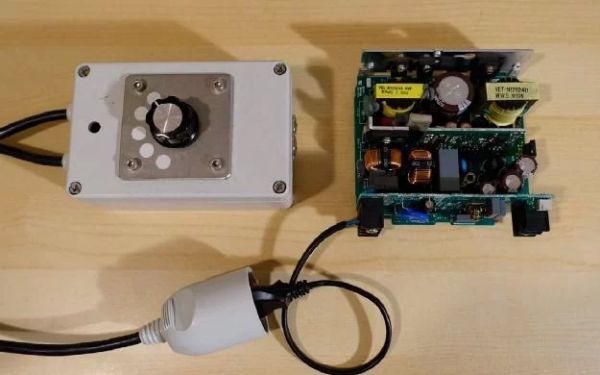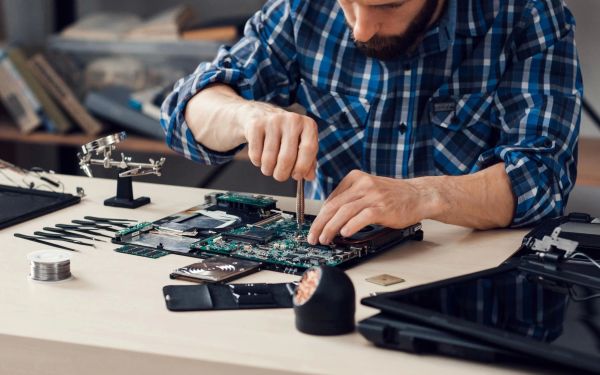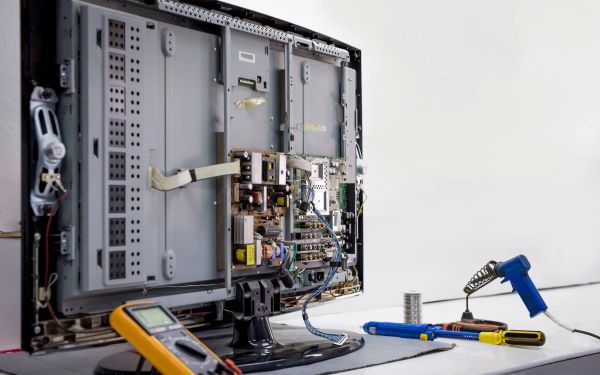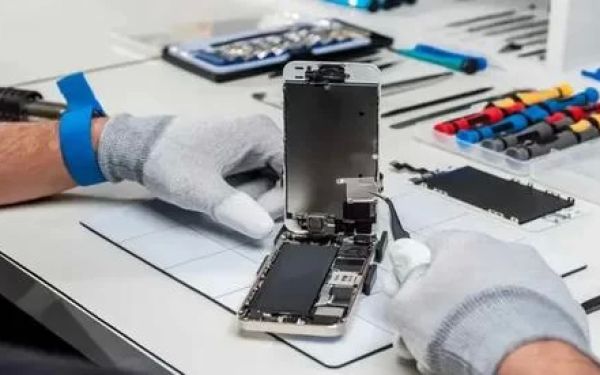Acer Notebook Boot from USB Steps: A Step-by-Step Guide to Getting Started
- 1. Preparing Your Acer Notebook for USB Boot
- 2. Accessing BIOS Setup on Your Acer Notebook
- 3. Changing Boot Order in BIOS
- 4. Saving and Exiting BIOS Setup
- 5. Troubleshooting USB Boot Issues
- 6. Explore More with Ninja Stik
1. Preparing Your Acer Notebook for USB Boot
Before booting your Acer notebook from a USB drive, make sure you have the following items ready: a properly formatted USB drive with the necessary bootable files, and an Acer notebook that supports USB boot. Most Acer notebooks from recent years support USB booting, but it’s essential to verify this by checking the model specifications.
Ensure that your USB drive is set up correctly, with an operating system or recovery tool loaded onto it. For example, you can use tools like the Windows Media Creation Tool or Linux-based bootable drives to prepare your USB for booting.
2. Accessing BIOS Setup on Your Acer Notebook
To boot from USB, you need to enter the BIOS (Basic Input/Output System) setup on your Acer notebook. To do this, follow these simple steps:
- Turn off your Acer notebook completely.
- Turn it on and immediately press the F2 key repeatedly until you enter the BIOS setup.
- If F2 doesn’t work, try pressing the DEL key or consult your notebook’s manual for the correct key.
The BIOS setup is where you can configure various hardware settings, including boot options.
3. Changing Boot Order in BIOS
Once you're inside the BIOS, follow these steps to change the boot order and set your USB drive as the first boot option:
- Navigate to the "Boot" tab using the arrow keys.
- Find the “Boot Device Priority” section or similar option.
- Use the arrow keys to move the USB device to the top of the list.
- Make sure that the USB drive is listed as the first boot device before the hard drive or other storage options.
Once you’ve set the USB drive as the primary boot device, save your settings. This will allow your Acer notebook to boot directly from the USB drive when restarted.
4. Saving and Exiting BIOS Setup
After changing the boot order, it’s time to save your settings and exit BIOS:
- Press the F10 key to save and exit, or select "Save and Exit" from the BIOS menu.
- Your notebook will prompt you to confirm the changes. Choose "Yes" to confirm.
Your Acer notebook will now restart. If your USB drive is correctly configured, your notebook will boot from the USB device automatically.
5. Troubleshooting USB Boot Issues
If your Acer notebook doesn’t boot from the USB drive, here are a few common troubleshooting steps:
- Check the USB drive: Ensure that the USB drive is properly formatted and contains the necessary boot files. Try using a different USB port or testing the drive on another computer to rule out hardware issues.
- Verify BIOS settings: Double-check that the USB device is set as the first boot option in the BIOS. You might also need to enable "Legacy Boot" or "UEFI Boot" depending on the operating system and your notebook’s settings.
- Recreate the bootable USB: If your USB drive isn’t booting, recreate it using reliable tools such as Rufus or the Windows Media Creation Tool to ensure proper formatting and bootability.
By following these steps, you should be able to resolve most boot issues and successfully boot your Acer notebook from a USB drive.
6. Explore More with Ninja Stik
If you're looking for an easy-to-use USB tool for creating bootable devices, visit Ninja Stik. With Ninja Stik, you can easily prepare bootable USB drives for a variety of operating systems, making the process of setting up a USB boot on your Acer notebook simple and fast.
Check out Ninja Stik for the latest tools to enhance your computing experience and ensure smooth installations and recoveries.

